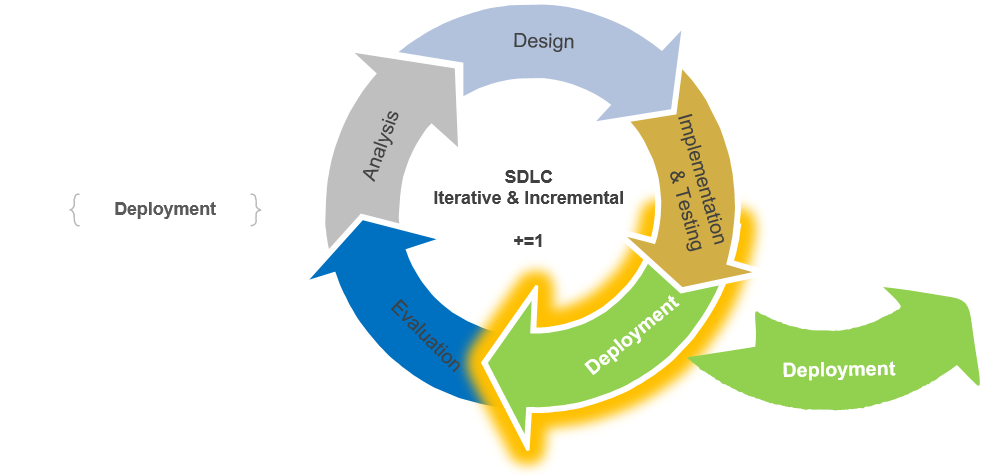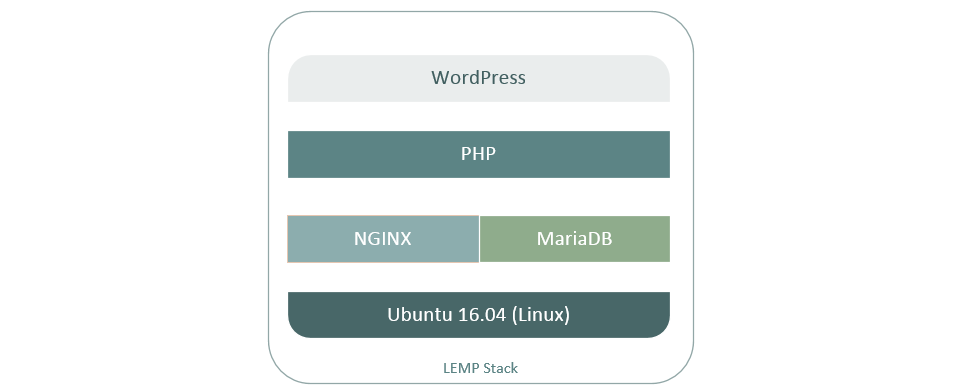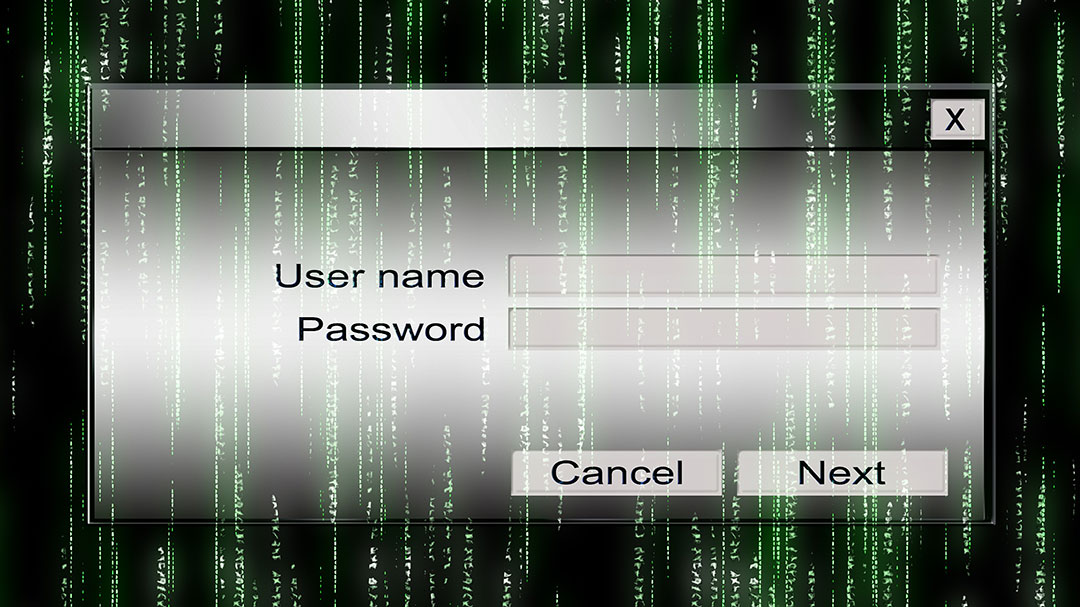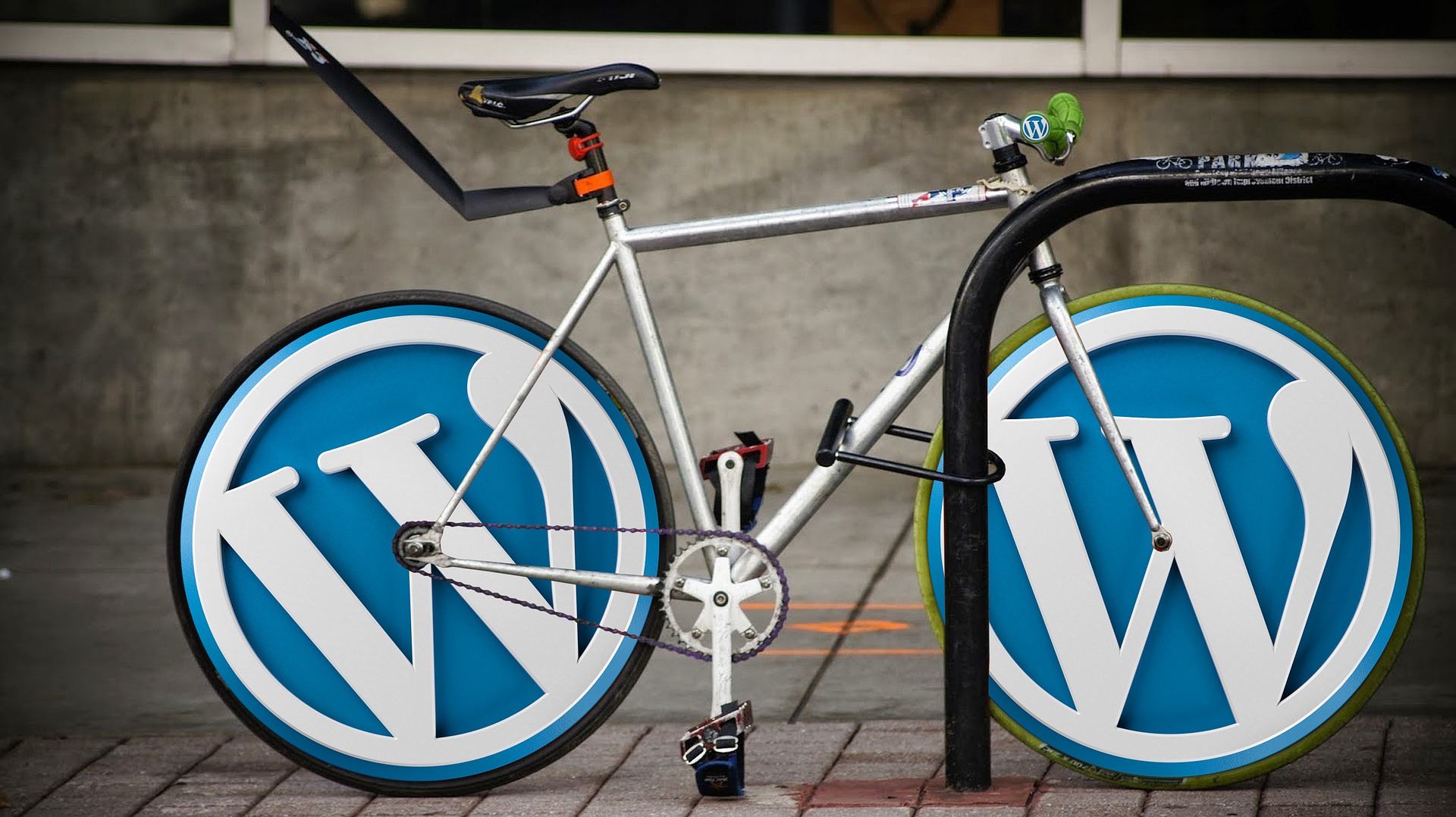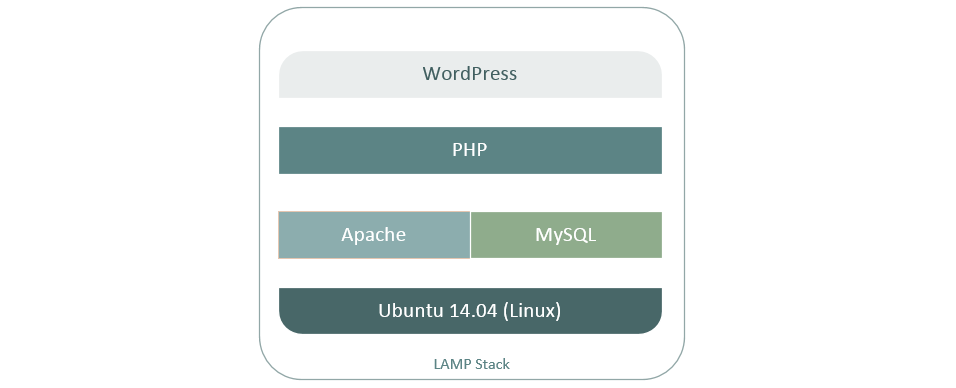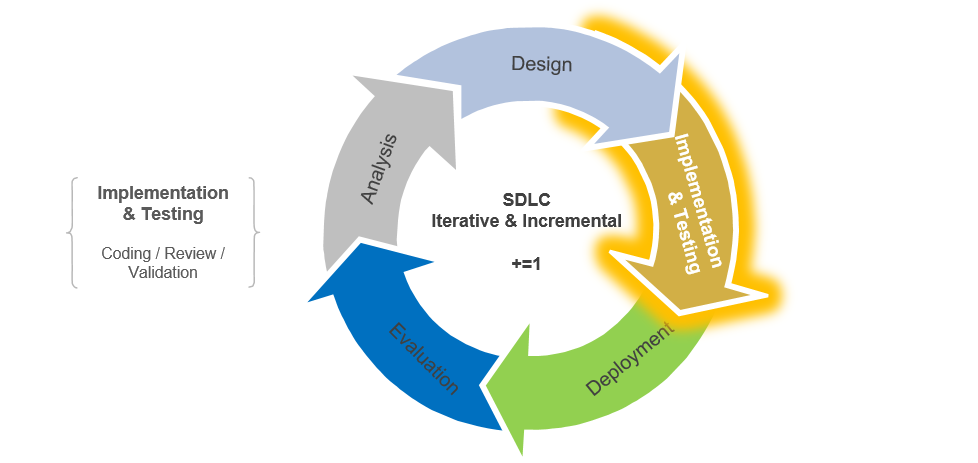Deployment In this tutorial, I will guide you through the process of using the WordPress plugin Duplicator to migrate/move a development site to a live production server. There are many ways that this can be done with WordPress. 1. One way would be to upload all of our local files to the production server and then simply […]
Production server environment setup, part 3. This tutorial will guide you through the initial steps to take once you have created a new Ubuntu 16.04 instance (DigitalOcean droplet). This tutorial sets up a single WordPress installation on a server with the option of adding more websites and domain names later. This tutorial assumes you have: 1. Created[…]
Production server environment setup, part 2. This tutorial will guide you through the initial steps to take once you have created a new Ubuntu 16.04 instance (DigitalOcean droplet). 1. Login to your server using Git (or Putty) replacing ‘SERVER_IP_ADDRESS’ with your DigitalOcean IP address: $ ssh root@SERVER_IP_ADDRESS or from Putty by entering username/password 2. Add new user[…]
Production server environment setup, part 1. This tutorial will install Ubuntu 16.04 on a DigitalOcean droplet. If you don’t have an account already, sign up to DigitalOcean using this link which will give you a $10 credit (2 months FREE using a $5/mo droplet!) which also helps support this site. 1. Once logged in to your account,[…]
This tutorial will install WordPress on a local development server using Ubuntu 14.04 and Vagrant. This process is also applicable to Ubuntu 16.04. This step assumes you have already followed these steps: How to Install VirtualBox, Vagrant and Ubuntu for Local Development How to Install LAMP stack on Ubuntu 1. Create a new database If you followed[…]
Local Development Environment Setup, Part 2 In Part 2 of our local development environment setup, we will install the LAMP stack. Linux (Ubuntu), Apache (web server), MySQL (database), Php (scripting language) This tutorial assumes you have already installed Ubuntu. If not, click here. 1. Update Ubuntu From Git command line: $ vagrant up $ vagrant ssh $[…]
Local Development Environment Setup, Part 1 The Implementation & Testing Stage is where all the coding happens. It is also important to note that if we really wanted to simplify development, we could just go with a setup like XAMPP for our local development environment and for production, a shared hosting provider like imarkethost.com (disclosure: I own[…]

